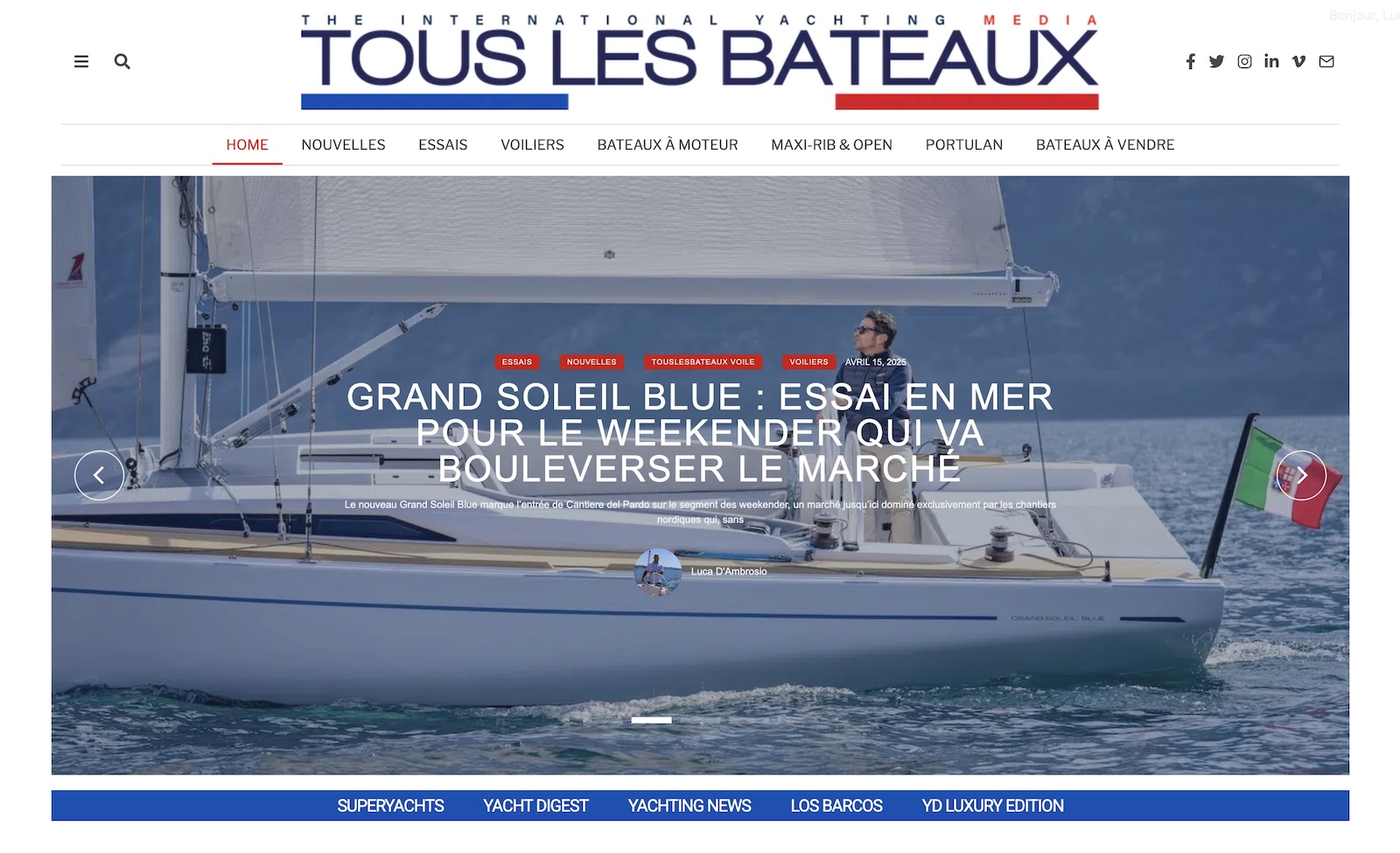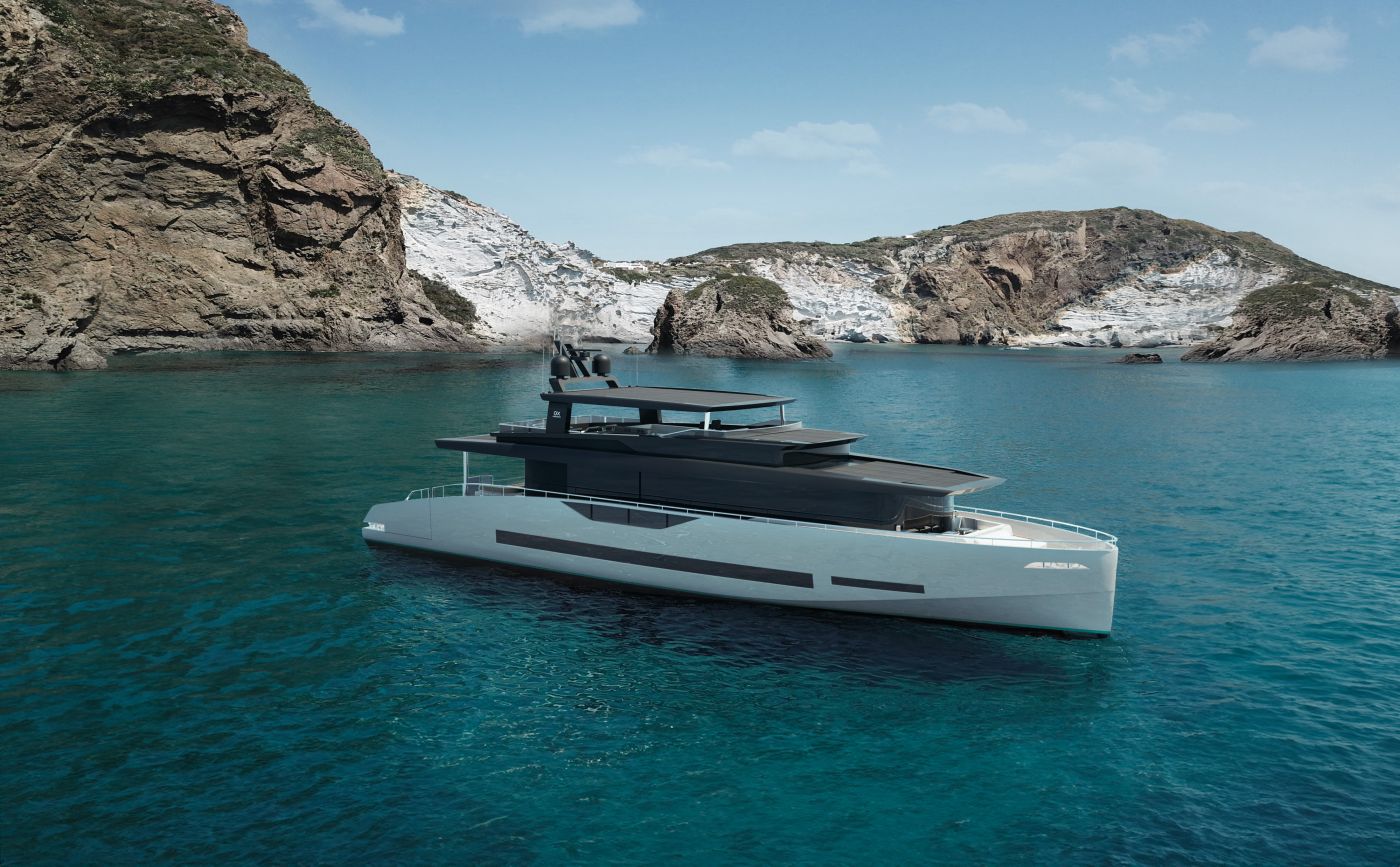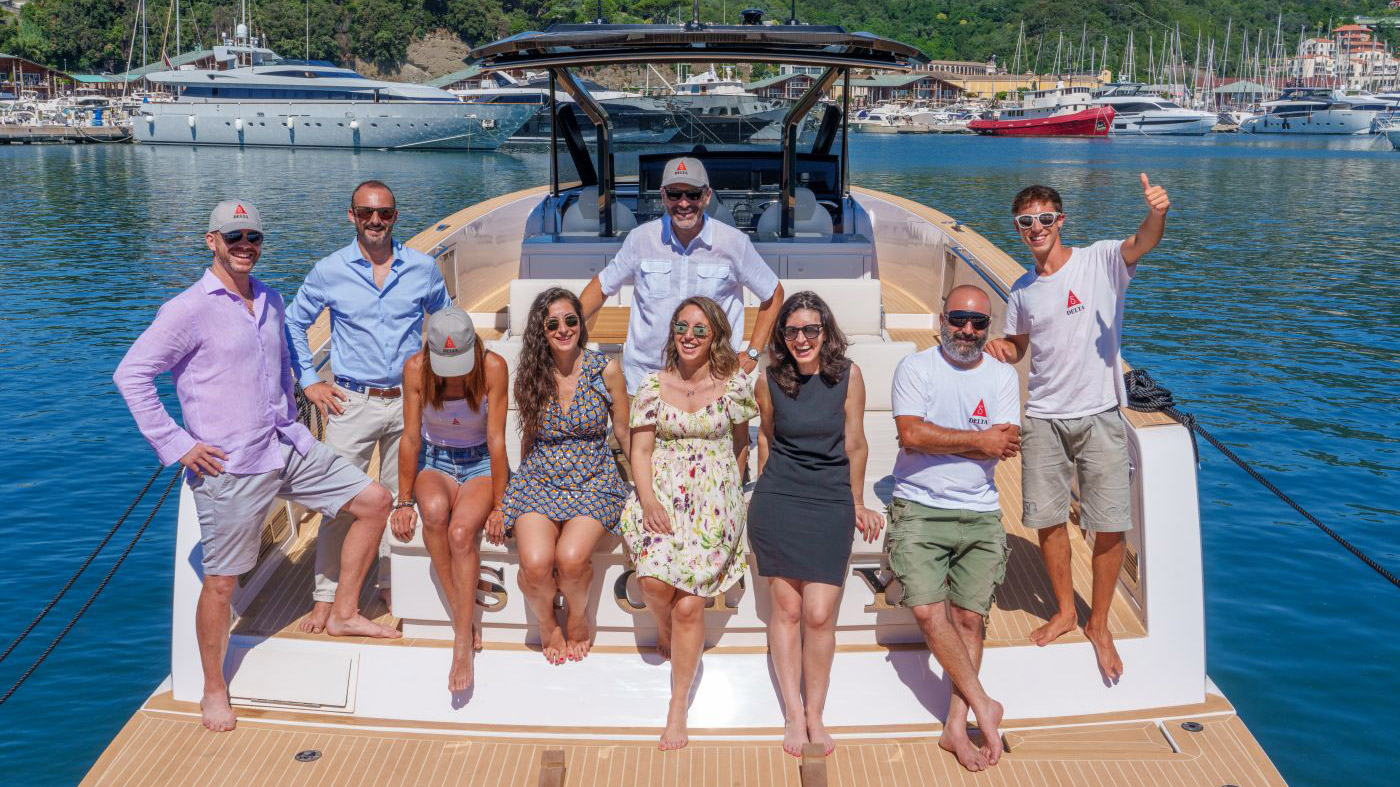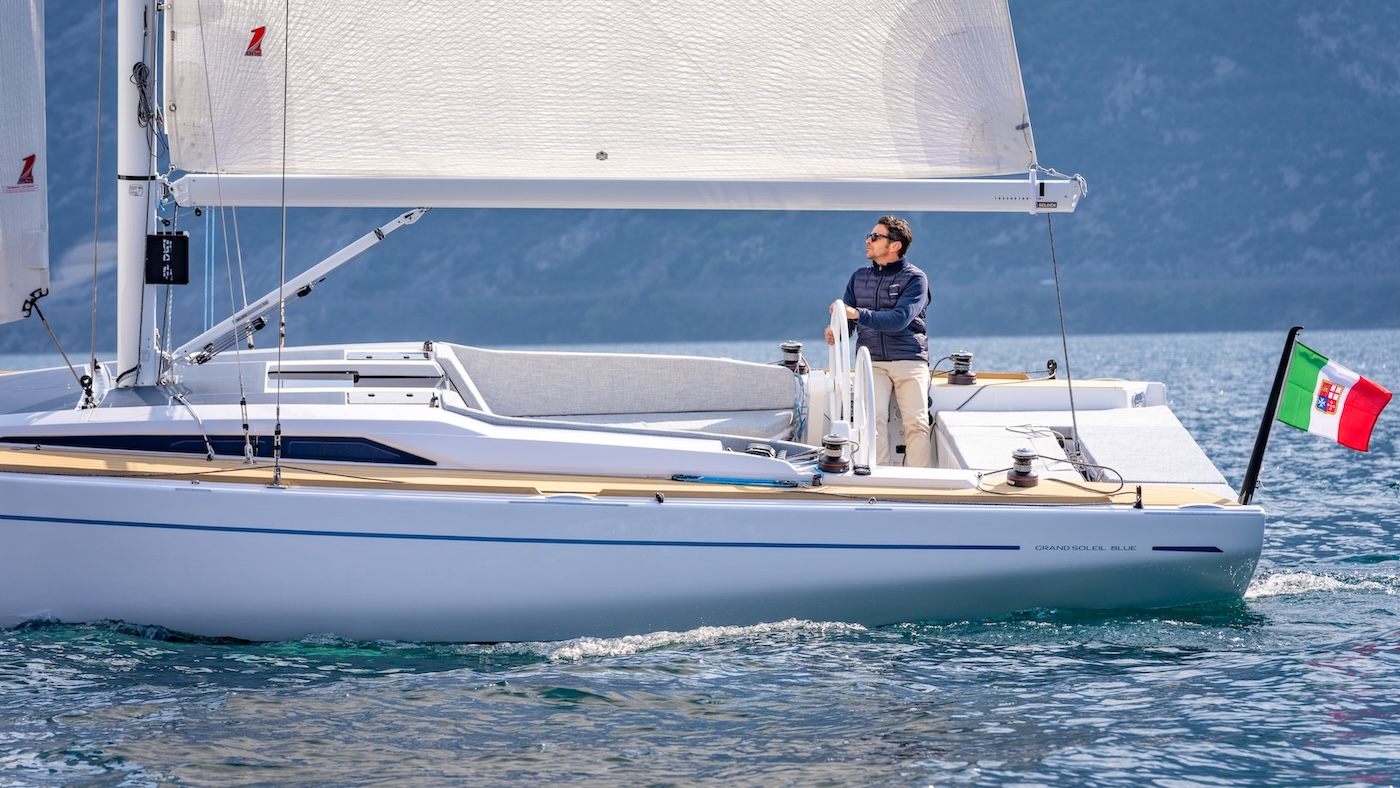Summer is coming, temperature gets warmer, our desire to set sail grows.
It has happened to all of us, maybe at the beginning of 
Problems and searches for useful answers are many when you are not experienced or not familiar with boat preparation or when your itinerary is not certain. Most yachtsmen wonder whether they will be able to manage what should be a satisfying experience but often fail to be so; concerns and anxieties often become the travel companions of neophytes. However, a little dose of disquiet always accompanies even the best of captains.
With this article, divided by topics, we want to provide the less-experienced and, why not, also the little more experienced yachtsmen with some useful advice to manage the organization of their cruise in a practical responsible way.
Boat Preparation
An efficient boat is the essential prerequisite for a safe cruise. Systems, tools and safety equipment should be all functioning and compliant with legal standards. Usually, this phase does not start the day before departure but takes place in the previous months; in case of problems, we should have enough time to solve them. Please take into account that, if you are supported by a shipyard or specialized technical staff, prices are generally lower in winter months.
Systems and electronics

The engine should be always functioning and efficient. This is why it is important to have it inspected and, when possible, to carry out checks on our own before every long-range trip: belts, rotor, water and fuel filters, oil levels… everything should be carefully checked. In addition, it is highly recommended to have spare parts on board. Please remember that, when performed personally, checks and inspections allow us to promptly intervene since we know the exact location of the components and the necessary tools to work.
Sometimes, the electronic devices of our boat can cause trouble. The first thing to do is to check the charge of batteries and their voltage. The percentage indicator does not necessarily represent a true picture of reality. This is why it is important to carry out a voltage test, with the help of a tester, directly on the batteries’ clips.
Finely calibrated navigation tools and updated cartographic
The VHF system should be checked in all its aspects: on/off functions, transmission and reception capacities. In order to understand if the antenna and wires are ok, you can also make a test radio call to the Port Authority. A portable VHF system is certainly convenient since it is always within your reach and useful also as a spare component.
No less importantly, sea cocks, too, should be carefully inspected. Knowing their exact position and closing mechanism can make the difference in case of emergency. Positioning a soft wooden cap of the correct diameter is a good solution to avoid wasting your time when a failure occurs during your navigation. Making sure that all electric and manual bilge pumps are perfectly functioning is another good idea! In addition, please remember that, when they are loose, bilge pumps – like any other pump – are more likely to get burned.
Equipment – special chapter for sailboats

This aspect is too often underestimated and the wind force becomes just a simple auxiliary motor.
Proper and well-inspected equipment is an essential prerequisite to make full use of our primary “fuel” in total safety and its importance is equal to systems’ one. Sails, halyards, blocks, ropes, winches, shrouds and everything is necessary for correct sailing should be efficient and in order. This does not necessarily mean that you have to purchase new materials: this mean to do a correct continuous maintenance of the existing ones. Fortunately, it is often sufficient to oil a block or a clip or grease winches. In addition, checking and handling the different parts of our boat is a good solution to know all the possible weak points.
A good yardstick can be offered by a situation like this: 
Of course, if the block you doubt is that one serving the mainsail sheet and the boom, positioned just above the helmsman’s head, maybe it’s time to replace it or secure it with the help of a sturdy rope.. The concept of caution is always your best ally.

Storm sails and reefs should not be tested in times of need. If weather conditions force you to use them, you should be well-prepared. Trying all these maneuvers in light wind and flat sea, or even within a port, will allow you to learn both moves and action time and correct possible problems or equipment defects.
Safety and emergency equipment

Life raft, self-inflating life vest, inflatable devices and signal flares should be all inspected, checked and replaced when necessary. The compressed-air tank they are equipped of should indeed be replaced at predetermined intervals to be always charged and functioning. So, please check it periodically and write expiration dates down in your calendar.
Their location aboard is as important as their presence. Accessibility and promptness are the key.
In the event that our life raft is accommodated in a place difficult to reach, this would be a serious problem; try to measure the time it takes for you to take it, secure the 
In most of cases, self-inflating life vests are more convenient that traditional ones because they ensure better mobility and agility during maneuvers; however, since they are usually equipped with a salt tablet, they should be positioned in a dry place. It would be an unpleasant surprise to find them already inflated in a wet locker! Some models are even equipped with MOB signal devices, including personal locators ( currently offered in multiple versions: radio, GPS, Bluetooth and so on), special powders that, when they have contact with the water, create a conspicuous halo, or powerful light beacons. The horizon is wide and floating heads are small and little visible.

A fast-draw anti-flame blanket positioned next to burners can easily fight a burned-out pan without ruining moods before a tasty meal.
Since 2016, our first-aid kit has been updated with new tools which, at least in my opinion, are really useful to treat trauma and stabilize the victim before administering conventional medication. It is indeed up to us to decide which tools are necessary for our and our travel companions’ health. For example, we can prepare a kit with all the drugs generally used to treat common diseases. It is right to know and let the crew know about possible diseases and medical emergencies on board and explain them how to act in case of emergency. To find a pharmacy in the sea is really difficult.
A powerful analgesic or antibiotic, to be administered under medical advice, can make the difference in case of emergency. Once, I got a serious infection during a long cruise; promptly treated, after the initial pain, it saved me having serious risks of worsening before getting the closer port.
A bottle of Xamamina is a good solution for sea sickness even if it will make the patient feel tired and sleepy.

However, binoculars can make the difference, especially at night. They help distinguish light signals from other boats or on the coastline and therefore interpret them correctly to perform the proper maneuver. The compass-equipped models are the preferable option: by pointing at an object and writing degrees down, we can have a reference for a possible collision course.
After my numerous sailing experiences, I can now suggest you take a pack of cards and a pair of good books on board: they will prove to be really useful and precious almost as much as our above-mentioned tips. You’ ll see that they will be consumed according to moods and the goodness of your travel companions!


























